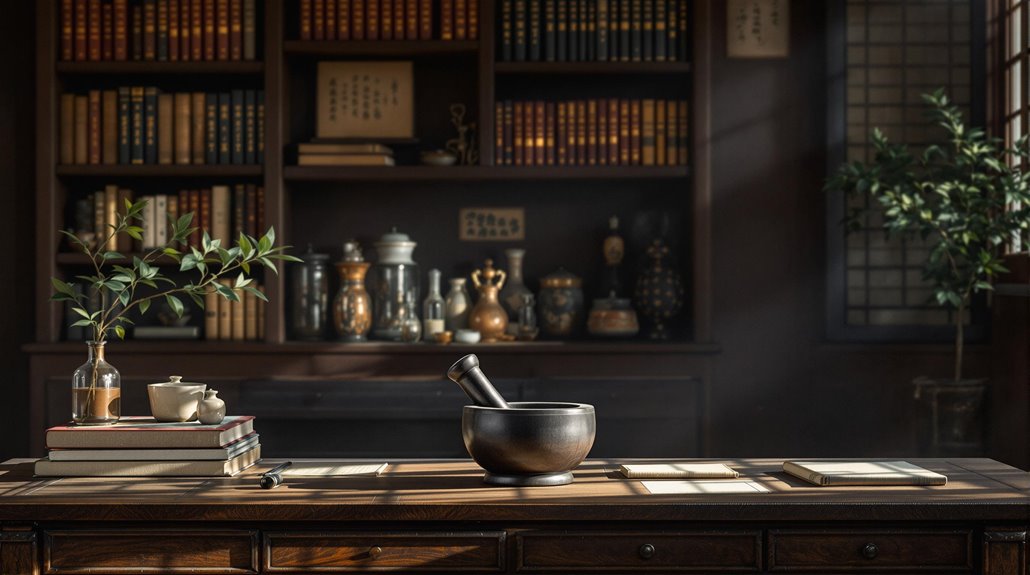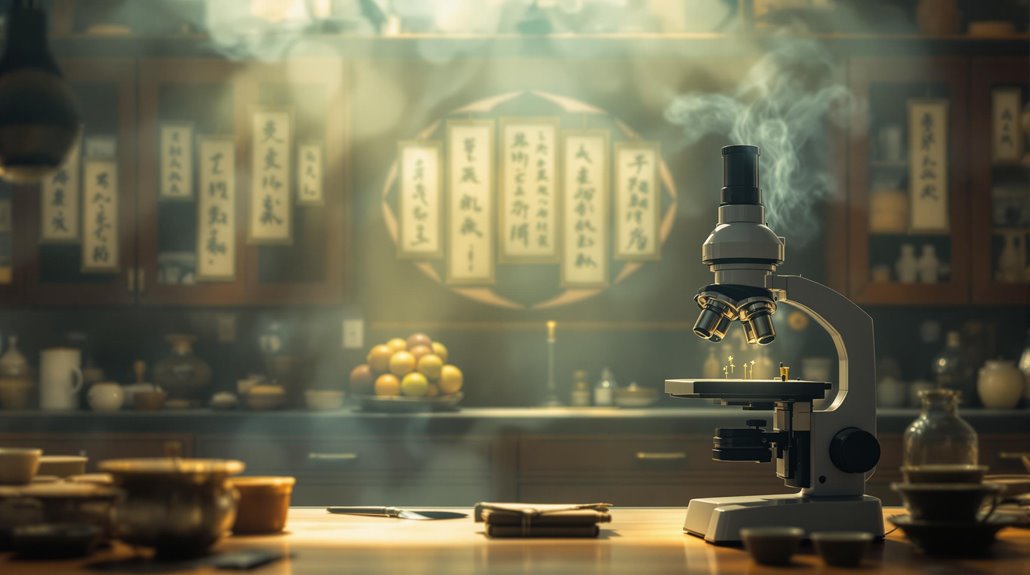Why Tu Youyou’s Malaria Cure Was Ignored—Until Millions of Lives Depended on It
Like a buried treasure hidden beneath centuries of skepticism, Tu Youyou's revolutionary malaria treatment languished in obscurity for years. You've probably heard of penicillin and vaccines, but you won't find her story in many medical history books—at least not until recently. Her breakthrough, drawn from ancient Chinese texts and rigorous scientific testing, faced a wall of Western doubt and political tension. Yet as millions faced death from drug-resistant malaria, the world couldn't afford to ignore her cure any longer.
A Teenage Battle With TB Shapes a Scientific Mind

While many scientists trace their calling to childhood curiosity or mentorship, Tu Youyou's path to medical research began with a devastating personal health crisis. At age 16, she contracted tuberculosis, a disease that forced her to leave school for two years during a time when effective treatments were scarce in 1940s China.
Her tuberculosis recovery proved transformative. As she battled the illness, Tu gained firsthand insight into patient struggles and recognized the urgent need for better medical interventions. Like many young TB patients today, she faced significant educational disruption during her treatment. This experience sparked her determination to pursue pharmaceutical research at Peking University, where she studied both traditional Chinese and Western medicine.
The medical resilience she developed during those challenging years would later fuel her groundbreaking malaria research, as she approached drug discovery with unique perspective and unwavering dedication to saving lives. After completing her studies, she went on to work at the Academy of Traditional Chinese Medicine, where she would begin her revolutionary journey in malaria treatment.
Ancient Chinese Texts Hold the Key to Modern Medicine
Ancient wisdom proved instrumental in Tu Youyou's groundbreaking malaria research. She dove deep into over 2,000 ancient Chinese medical texts, focusing particularly on fever treatments documented around 340 CE.
These manuscripts, though written in archaic language, held valuable knowledge about herbal remedies accumulated over thousands of years. Dating back to 200 BCE, the earliest TCM writings documented extensive knowledge of herbal medicine and healing practices. The integration of ancient knowledge with modern healthcare continues today, with mHealth apps providing TCM services to millions of users.
You'll find it remarkable that Tu successfully bridged the gap between traditional Chinese medicine and modern science. Despite challenges in interpreting ancient measurements and terminology, she extracted artemisinin from sweet wormwood using methods described in these historical documents.
Her approach wasn't just about following old recipes—it was about combining centuries-old insights with contemporary scientific techniques. This groundbreaking work didn't just save millions from malaria; it opened new possibilities for drug discovery and validated traditional knowledge in modern medicine.
The Groundbreaking Discovery That Almost Went Unnoticed
Despite making one of medicine's most significant breakthroughs, Tu Youyou's discovery of artemisinin remained largely unknown for decades.
In the historical context of 1970s China, her work was published anonymously, creating a period of scientific isolation that kept this lifesaving discovery hidden from the global medical community.
You might wonder how such a revolutionary treatment could go unnoticed.
Consider these factors:
- The research was initially published without naming its creators due to Chinese government restrictions
- Tu lacked formal credentials – no doctorate, medical degree, or international training
- Global health organizations didn't recognize artemisinin's potential until the early 2000s
While Tu worked in modest conditions with intermittent heating, her discovery was quietly saving millions of lives across Asia, Africa, and South America, until finally receiving worldwide recognition with the 2015 Nobel Prize.
Her inspiration came from studying ancient Chinese texts that ultimately led to the breakthrough.
Her groundbreaking research began with a systematic review of hundreds of plant compounds to identify potential fever-reducing properties that could combat malaria.
Political Climate and Cultural Barriers Block Global Recognition
The political turbulence of China's Cultural Revolution cast a heavy shadow over Tu Youyou's groundbreaking work. While she pursued her malaria research, political repression touched every aspect of scientific endeavor – her husband was detained in a labor camp, and countless intellectuals faced imprisonment or torture.
The secretive nature of Project 523, combined with China's isolation, created a wall between Tu's discovery and the world. You couldn't find her findings in international journals until 1979, and even then, no researchers were named. Her innovative team of 2000 candidate recipes from traditional medicine practitioners and modern scientists led to the ultimate discovery, yet remained hidden from global view for years.
Cultural ignorance played its part too – Western skepticism toward traditional Chinese medicine and Tu's lack of formal Western credentials created additional barriers. When she finally presented to the WHO in 1981, language barriers further complicated the sharing of her revolutionary work. Her discovery of artemisinin and its derivatives would eventually contribute to a 60% drop in mortality from malaria over the following decades.
Western Skepticism Meets Eastern Traditional Knowledge

While Western medicine historically dismissed traditional Chinese remedies as unscientific folklore, Tu Youyou's groundbreaking artemisinin discovery bridged this cultural divide. Her success challenged deep-rooted science skepticism by proving that ancient wisdom could inform modern medical breakthroughs.
Tu's unique position at the intersection of Eastern and Western medicine enabled her to achieve what others couldn't. Through cultural integration, she demonstrated how combining traditional knowledge with scientific rigor could yield powerful results. The refined artemisinin required modern scientific development to become an effective malaria treatment through Novartis' pharmaceutical process. After decades of research and development under Project 523, the Chinese Ministry of Health finally granted artemisinin official drug status in 1986.
Key lessons from Tu's approach:
- Ancient texts can contain valuable medical insights when examined through a scientific lens
- Innovation often happens at the crossroads of different knowledge systems
- Cultural barriers in medicine can be overcome with evidence-based research
This paradigm shift forced Western scientists to reconsider their dismissal of traditional remedies, ultimately saving millions of lives.
From Obscurity to Nobel Prize: A Victory for Medical Innovation
Success stories in medicine often emerge from unexpected sources, and Tu Youyou's journey from obscurity to Nobel laureate exemplifies this perfectly. Her scientific perseverance through decades of skepticism finally paid off when the World Health Organization recognized her innovative extraction method in the 1980s. Known as the "Three-Without Scientist", Tu achieved groundbreaking success despite having no postgraduate degree, international experience, or membership in China's national academy. You'll find it remarkable that despite publishing anonymously in 1977 and lacking traditional credentials, Tu's artemisinin-based treatments have now saved millions of lives. Her breakthrough came after analyzing 640 ancient recipes from traditional Chinese medicine texts to identify potential malaria treatments.










